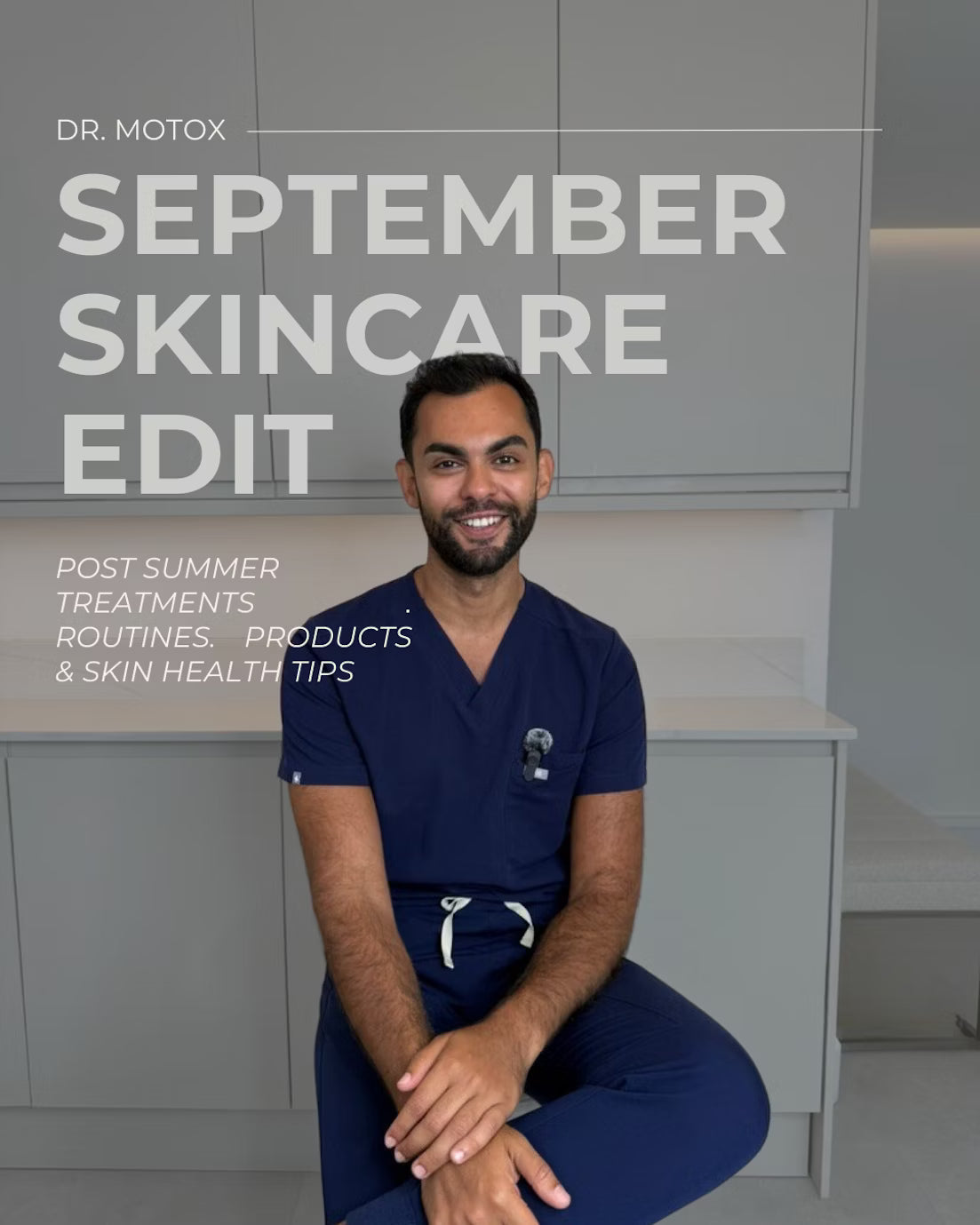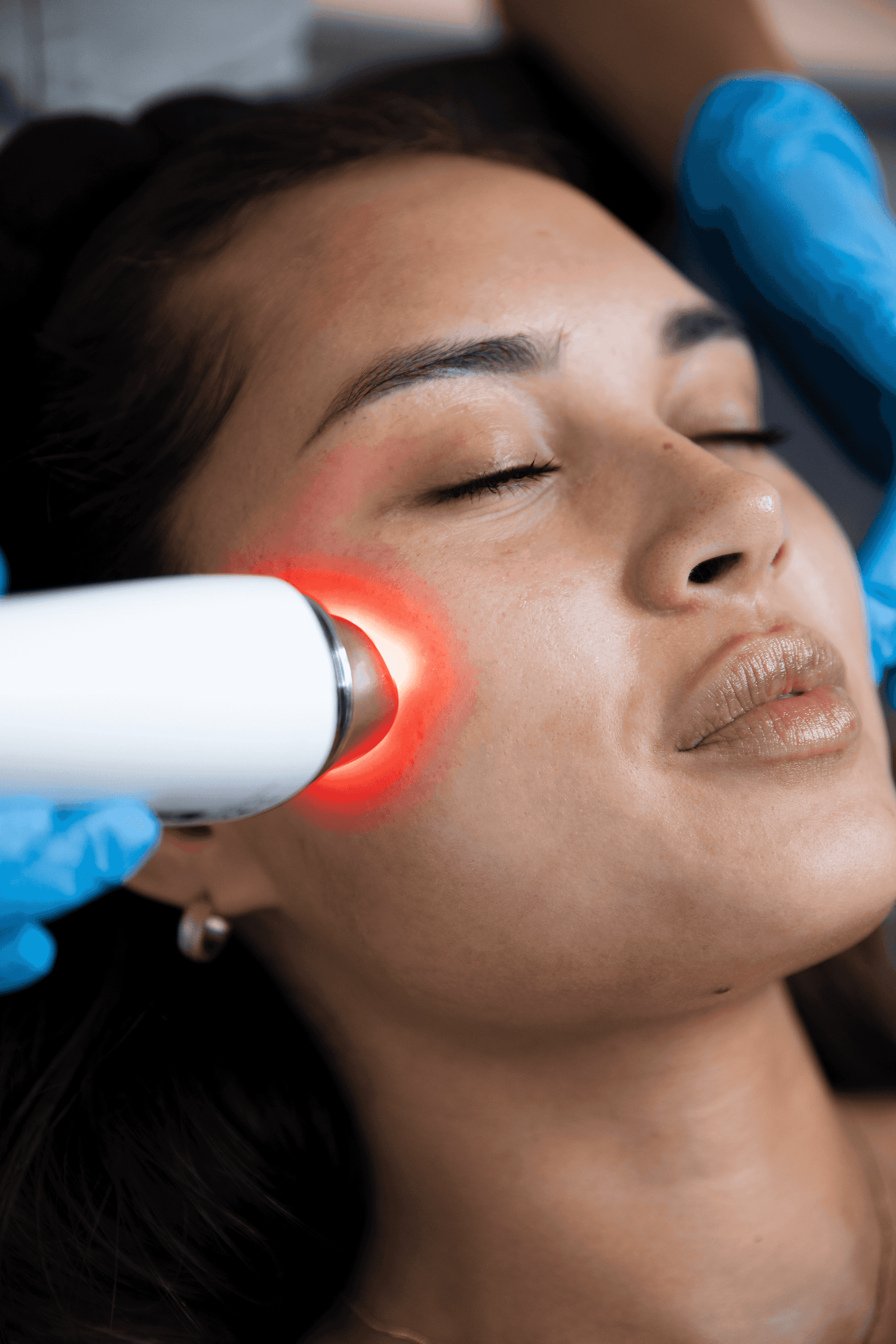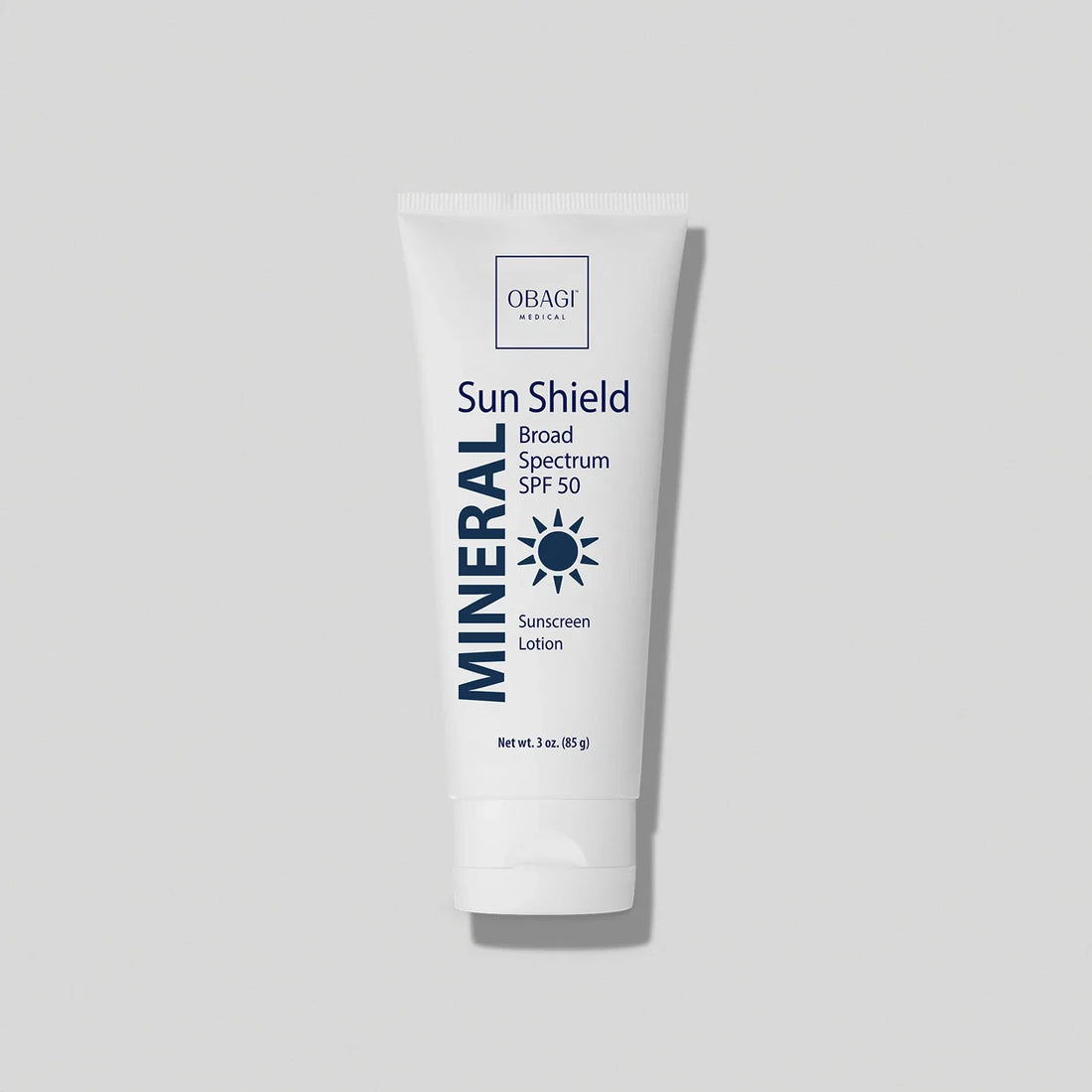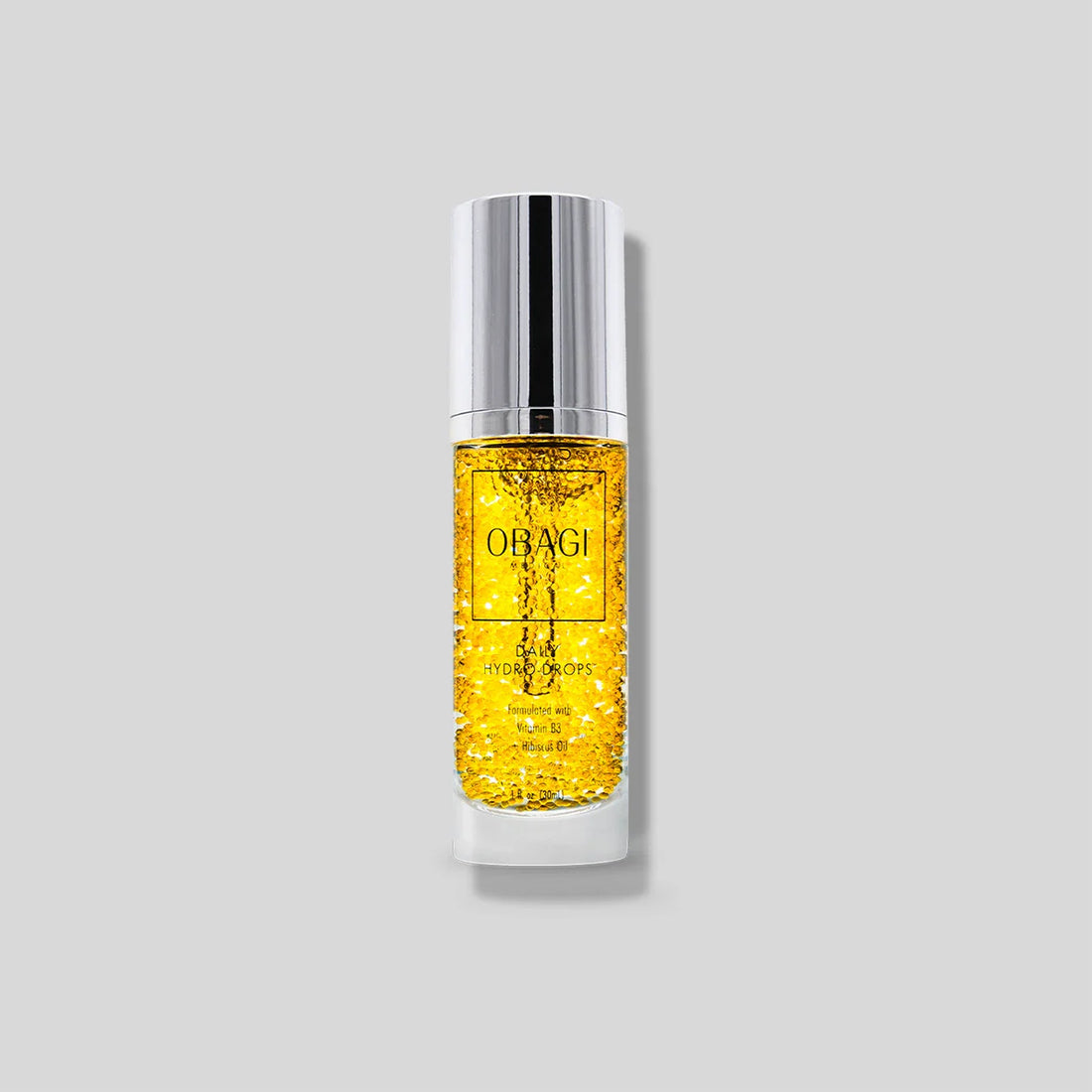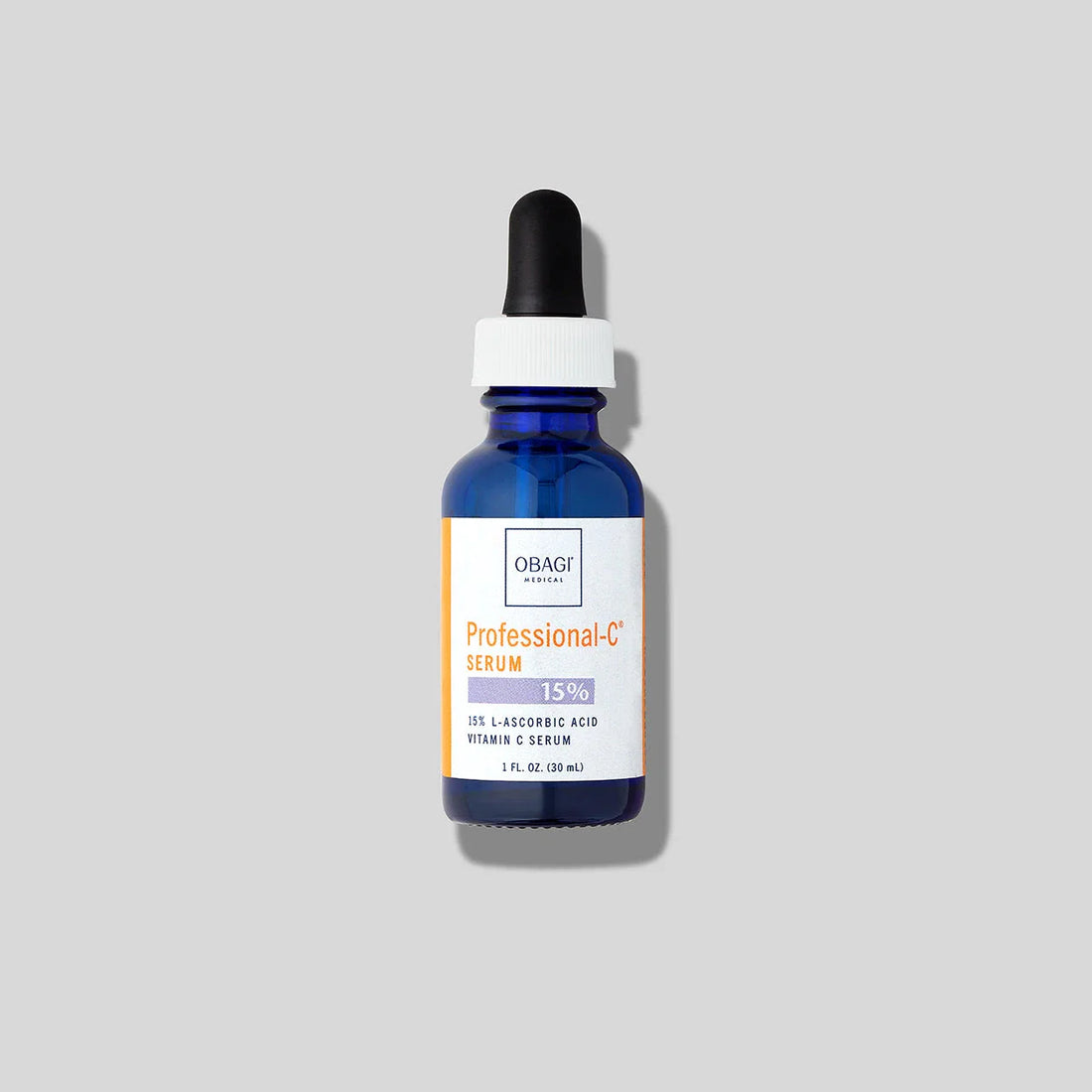At Dr Motox Clinic, we’re always on the pulse of the latest innovations in skin regeneration and rejuvenation. Two treatments making waves in the aesthetics world are PRP (Platelet-Rich Plasma) and Polynucleotides – both powerful in their own right, but with distinct mechanisms and benefits.
Let’s break down the differences to help you decide which might be best for your skin goals.
What is PRP?
PRP, or Platelet-Rich Plasma, is often nicknamed the “Vampire Facial” – and for good reason. The treatment uses your own blood, spun in a centrifuge to isolate the platelet-rich plasma, which is then re-injected or microneedled into the skin.
PRP is rich in growth factors that stimulate collagen production, tissue regeneration, and cell turnover. Because it's autologous (from your own body), it’s incredibly biocompatible.
Best for:
-
Dull or uneven skin tone
-
Fine lines and early signs of ageing
-
Hair thinning or hair loss
-
Patients seeking a 100% natural treatment
What are Polynucleotides?
Polynucleotides are the new rising stars in regenerative aesthetics. Derived from salmon or trout DNA (but highly purified), they act as biostimulators to support the skin’s repair processes. Rather than simply hydrating or volumising, Polynucleotides work at calming inflammation, repairing DNA damage, and encouraging fibroblast activity to produce collagen and elastin.
The result? Smoother, firmer, and healthier-looking skin.
Best for:
-
Sensitive or reactive skin types
-
Under-eye rejuvenation
-
Acne-prone or inflamed skin
-
Skin barrier repair and hydration
-
Long-term collagen stimulation
Key Differences at a Glance:
| PRP | Polynucleotides | |
|---|---|---|
| Source | Your own blood | Purified salmon/trout DNA |
| Action | Growth factors for regeneration | DNA repair & anti-inflammatory |
| Best for | Natural rejuvenation, hair loss | Barrier repair, under eyes, redness |
| Downtime | Mild redness for 24–48 hours | Minimal, often less than PRP |
| Course Recommended | 3–4 sessions, 4–6 weeks apart | 3 sessions, 2–3 weeks apart |
Which One Should You Choose?
While both treatments stimulate regeneration and improve skin quality, they’re not interchangeable – and in some cases, we even recommend combining them as part of a stacked treatment approach.
At Dr Motox Clinic, we offer personalised consultations to determine the most effective treatment plan based on your skin’s current condition, goals, and response to previous treatments.
Whether you're looking for a more natural route with PRP or you're curious about the new wave of regenerative medicine with Polynucleotides, we’re here to guide you every step of the way.
Book Your Skin Consultation Today
Ready to explore regenerative skin boosters? Book a consultation with one of our expert practitioners and let’s tailor a plan that gets you glowing – safely and effectively.
📍 Central London | Clapham



